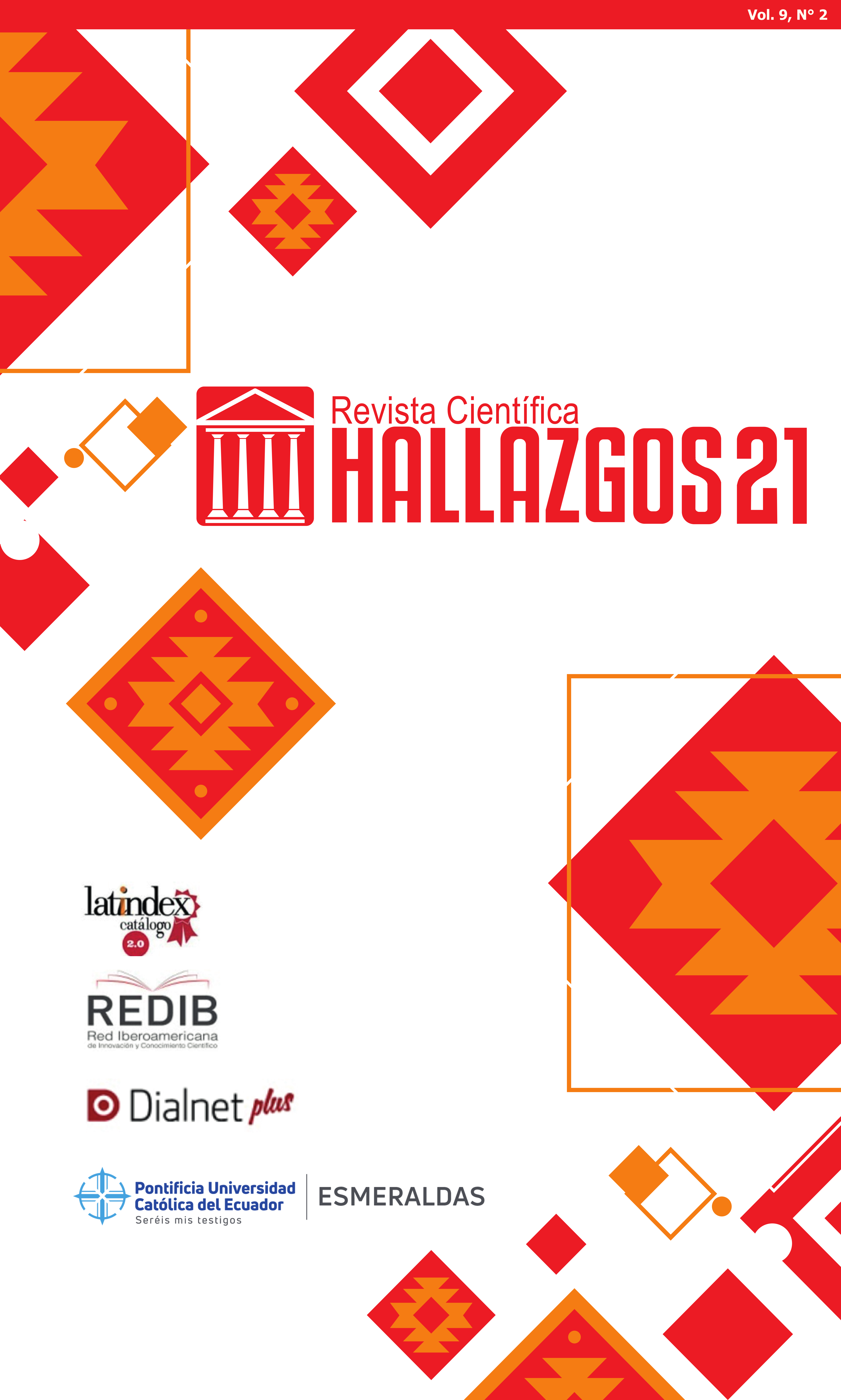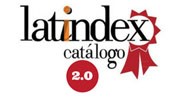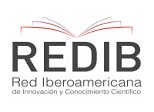History of Inclusive Education in Ecuador: Bibliographic Review
DOI:
https://doi.org/10.69890/hallazgos21.v9i2.665Keywords:
Inclusive education, specific educational needs, teacher trainingAbstract
Education in Ecuador has a final objective: to guarantee quality education for all children, regardless of their characteristics or needs. For this reason, educational institutions have been carrying out actions aligned with education postulates in the 21st century, without discriminating against anyone based on their social, or cultural condition, ideology, sex, ethnicity, or any physical, intellectual, sensory disability or intellectual giftedness. This review seeks to reaffirm that educational inclusion implies that centers critically analyze what can be done to improve learning and participation for all. The literature review allows us to conclude that it is necessary to continue working to eliminate barriers to education, strengthen teacher training, ensure the availability of resources, and promote a culture of inclusion in society.
References
Ainscow, M. (2020). Promoting inclusion and equity in education: Lessons from international experiences. The Nordic Journal of Studies on Educational Policy, 6(1), 7–16. https://www.tandfonline.com/doi/full/10.1080/20020317.2020.1729587
Ainscow, M., Booth, T., Dyson, A., Farrell, P., Frankham, J., Gallannaugh, F., et al. (2006).
Improving schools, developing inclusion. London: Routledge.
Arcos Proaño , N., Garrido Arroyo, C., & Balladares Burgos, J. (2023). La Inclusión Educativa en Ecuador: una mirada desde las Políticas Educativas . Ciencia Latina Revista Científica Multidisciplinar, 7(3), 6607-6623. https://doi.org/10.37811/cl_rcm.v7i3.6656
Asamblea Nacional. (2008). Constitución de la República del Ecuador 2008. https://www.oas.org/juridico/pdfs/mesicic4_ecu_const.pdf
Delors, J. (1996). Los cuatro pilares de la educación. En La educación encierra un tesoro. Informe a la UNESCO de la Comisión internacional sobre la educación para el siglo XXI, Madrid, España. Santillana/UNESCO.
Kaga, Y., & Sretenov, D. (2021). Inclusión en la atención y la educación de la primera infancia: informe sobre inclusión y educación. UNESDOC Biblioteca Digital. https://unesdoc.unesco.org/ark:/48223/pf0000379502_spa
Hernández Pico, P.A., & Samada Grasst, Y.(2021). La educación inclusiva desde el marco legal educativo en el Ecuador. Revista de Ciencias Humanísticas y Sociales (ReHuso), 6 (3), 52- 67. DOI: https://doi.org/10.5281/zenodo.5512949
Lindsay, G., Wedell, K., & Dockrell, J. (2020). Warnock 40 Years on: The Development of Special Educational Needs Since the Warnock Report and Implications for the Future. Front. Educ. (4). doi: 10.3389/feduc.2019.00164
Ministerio de Educación. (2011). Ley Orgánica de Educación Intercultural. (Segundo Suplemento del Registro Oficial No. 417 de 31 de marzo de 2011). Gobierno del Ecuador.
Torres Gómez, M. S., Monserrate Cajamarca, G. M., Siguencia Maldonado, D. S., & Noboa Erazo, S. P. (2023). Historia de la educación en Ecuador: de la educación especial a la educación inclusiva. Ciencia Latina Revista Científica Multidisciplinar, 7(1), 1715-1727. https://doi.org/10.37811/cl_rcm.v7i1.4517
Published
How to Cite
Issue
Section
License
Los artículos enviados a la Revista Científica Hallazgos21 deberán ser totalmente originales e inéditos.
Los autores son los responsables de los textos y las imágenes incluidas en los artículos y no necesariamente reflejan el pensamiento de la editorial o de la Pontificia Universidad Católica del Ecuador, Sede Esmeraldas (PUCESE).
Los autores disponen cederle a la Revista Científica Hallazgos21 todos los derechos inherentes para la edición, publicación y distribución o divulgación del mismo.
Se autoriza a las revistas firmantes de los acuerdos de Encuentros de Revistas Latinoamericanas para reproducir en parte o totalmente los artículos con la sola mención de la fuente claramente señalada.







